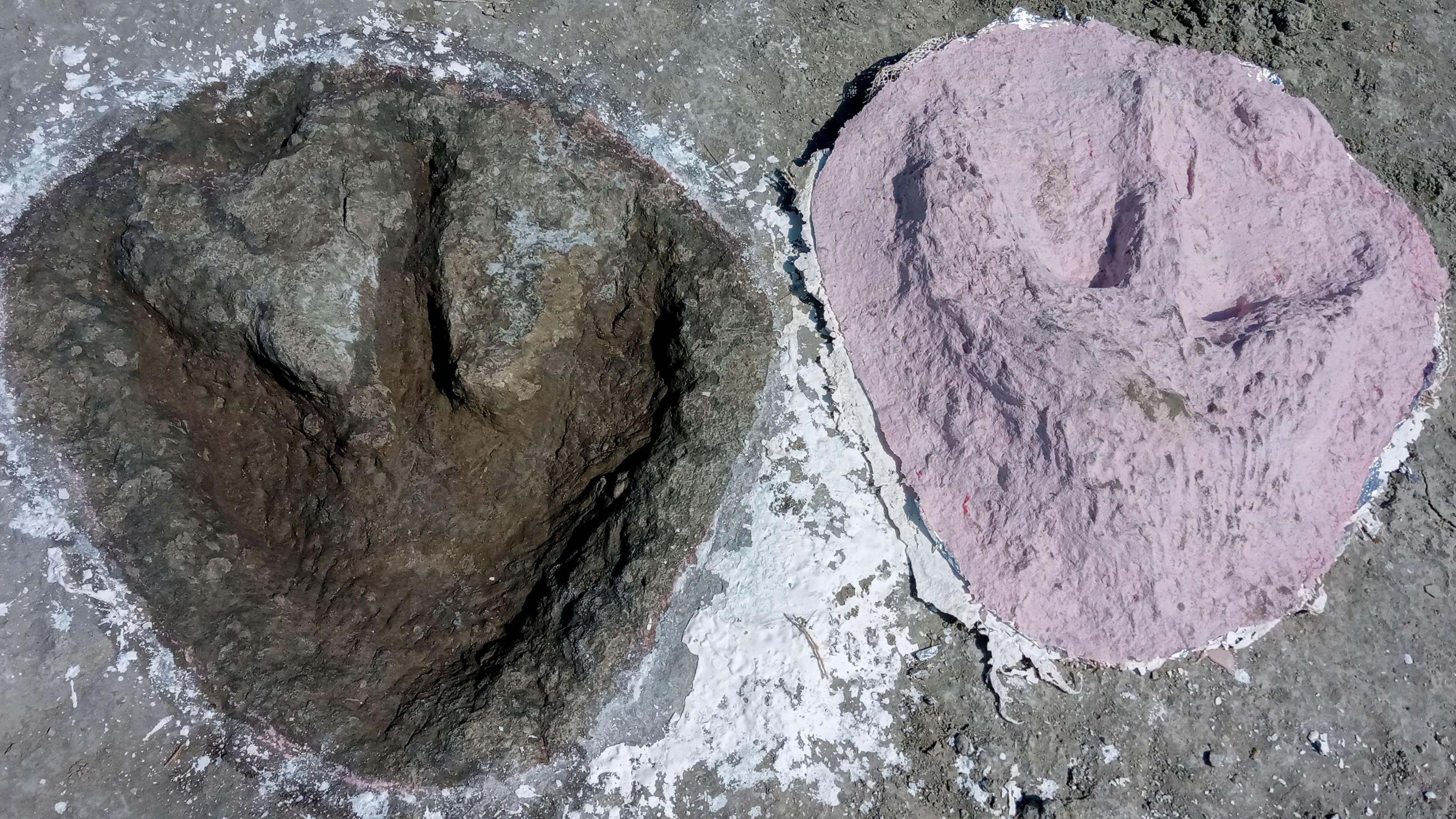Did a crocodile bite a pterosaur 76 million years ago?
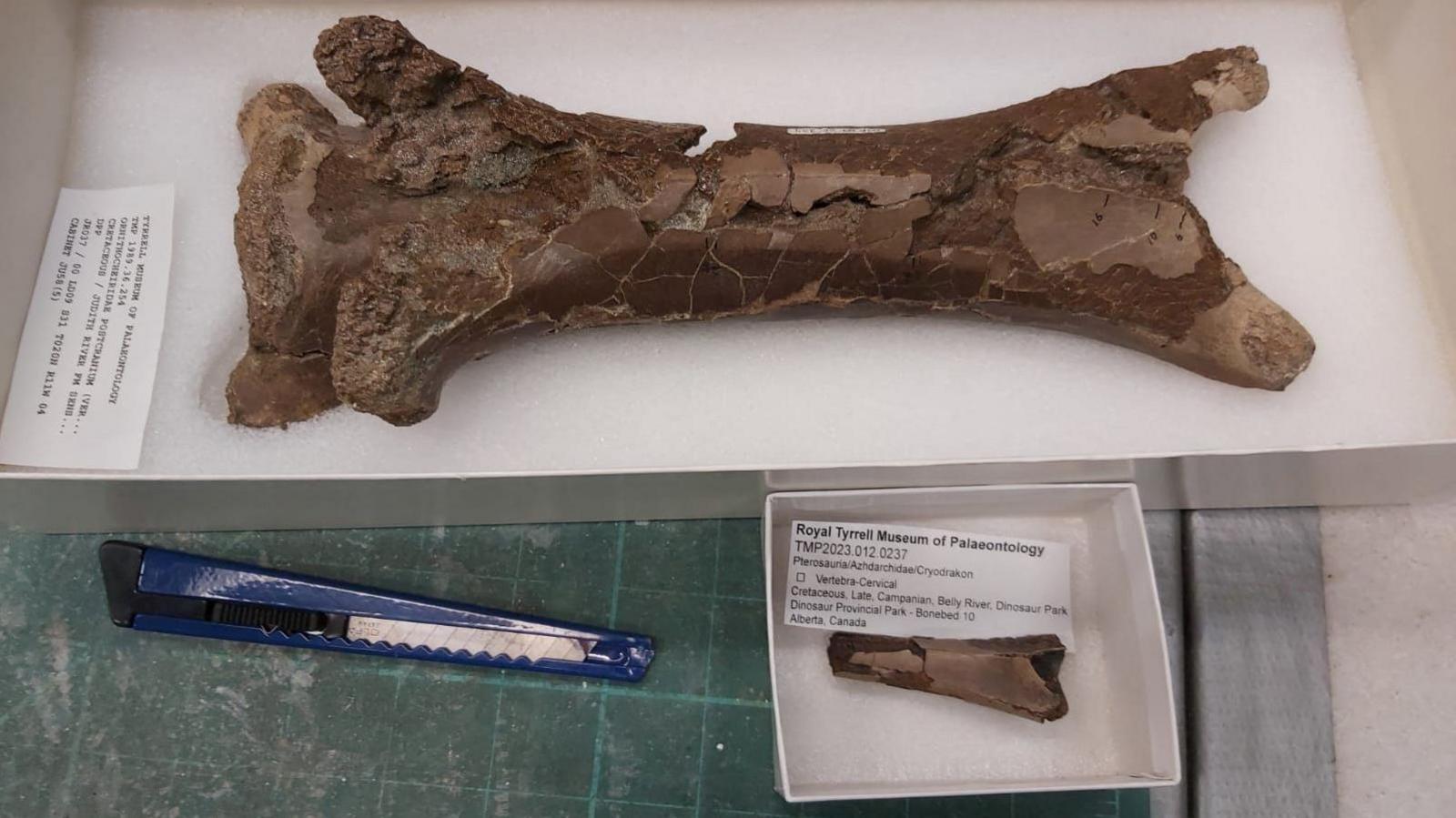
Here we can see an adult and a young pterosaur back bone
- Published
A neck bone fossil of one of the largest flying animals in Earth's history shows signs of being bitten by a crocodile-like creature, 76 million years ago.
That's according to a new study published in the Journal of Palaeontology.
The fossil from a young pterosaur was discovered in Dinosaur Provincial Park in Alberta, Canada.
The bone has a puncture mark from a crocodilian tooth, and researchers say it gives more information about predator-prey relationships in the region during the Cretaceous Period.
More prehistoric pterosaur stories this way
How did pterosaurs become giants of the sky?
- Published6 October 2024
Mystery of how flying reptiles took to the skies finally solved
- Published8 January
New species of pterosaur with 'muscular tongue' discovered
- Published12 June 2024
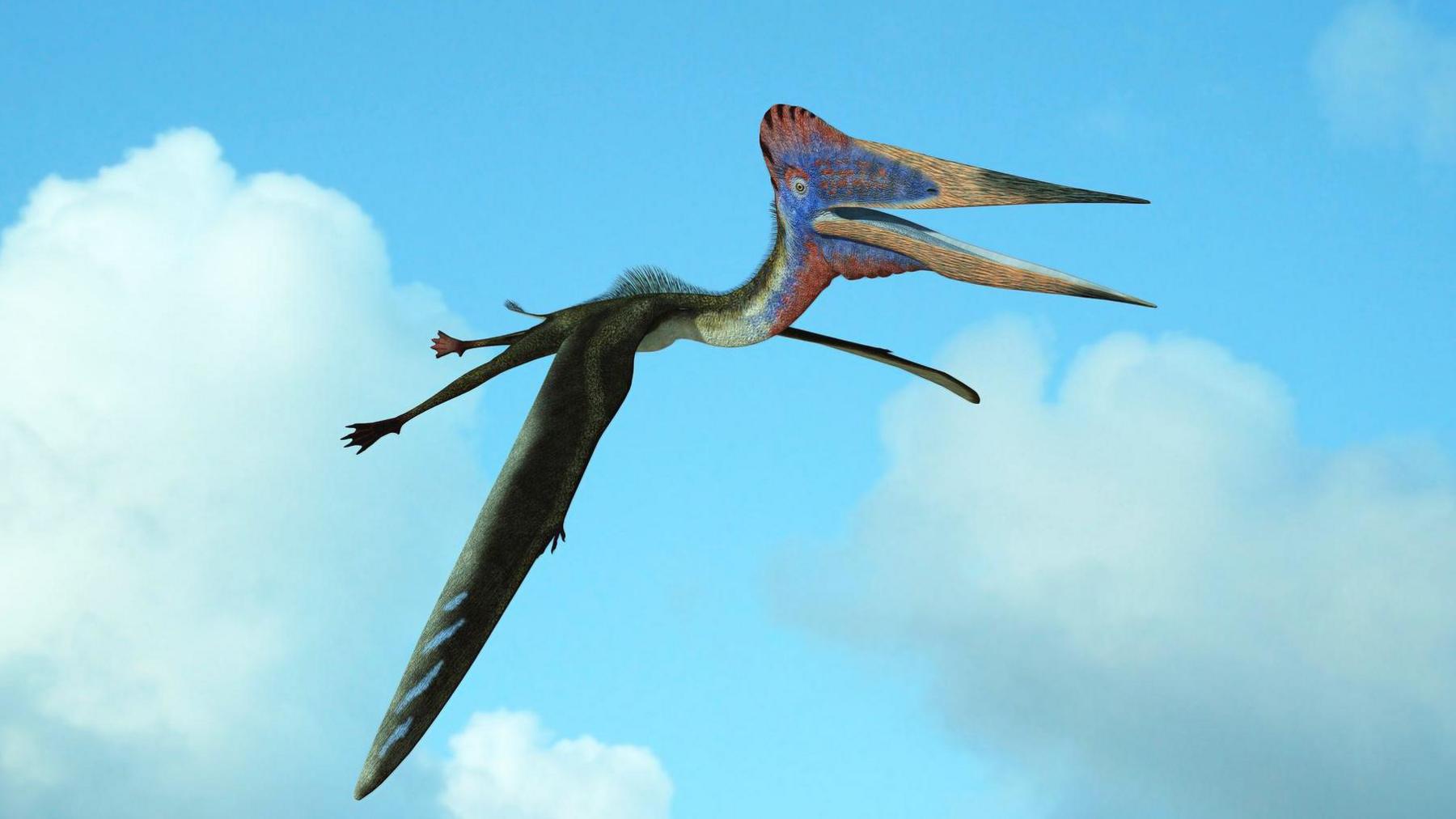
The fossil belongs to a young Azhdarchid pterosaur and was discovered in July 2023.
Adults of this kind of pterosaur, whose scientific name means "cold dragon of the north wind", had wingspans of around 10 meters and stood as tall as a giraffe. Wow!
The researchers used 3D X-ray scans to compare the fossil with other pterosaur bones - to make sure the puncture was an actual bite.
Lead author of the paper, Dr Caleb Brown at the Royal Tyrrell Museum of Palaeontology said: "Pterosaur bones are very delicate - so finding fossils where another animal has clearly taken a bite is exceptionally uncommon.
"This specimen being a juvenile makes it even more rare."
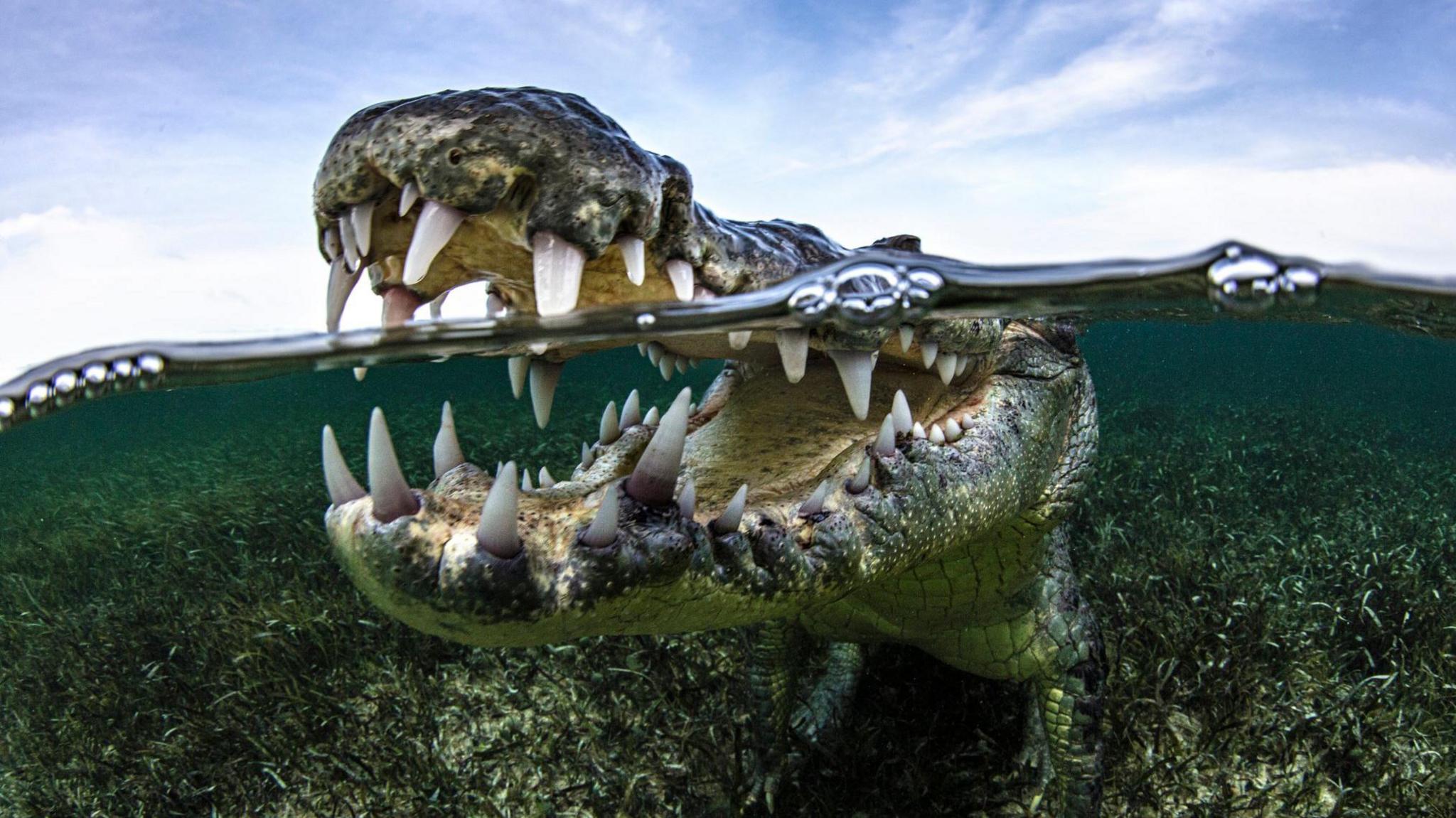
The crocodile-like creature may have got snappy when the flying reptile was getting a drink of water
Dr Brian Pickles from the University of Reading and co-author of the paper said: "We can't say if the pterosaur was alive or dead when it was bitten but the specimen shows that crocodilians occasionally preyed on, or scavenged, juvenile pterosaurs in prehistoric Alberta over 70 million years ago."
This is the first evidence in North America of ancient forms of crocodile feeding on these giant prehistoric flying reptiles.
Other examples of Azhdarchid bones with similar bites have been found in Romania.
More delightful dinosaur stories
- Published10 July 2024
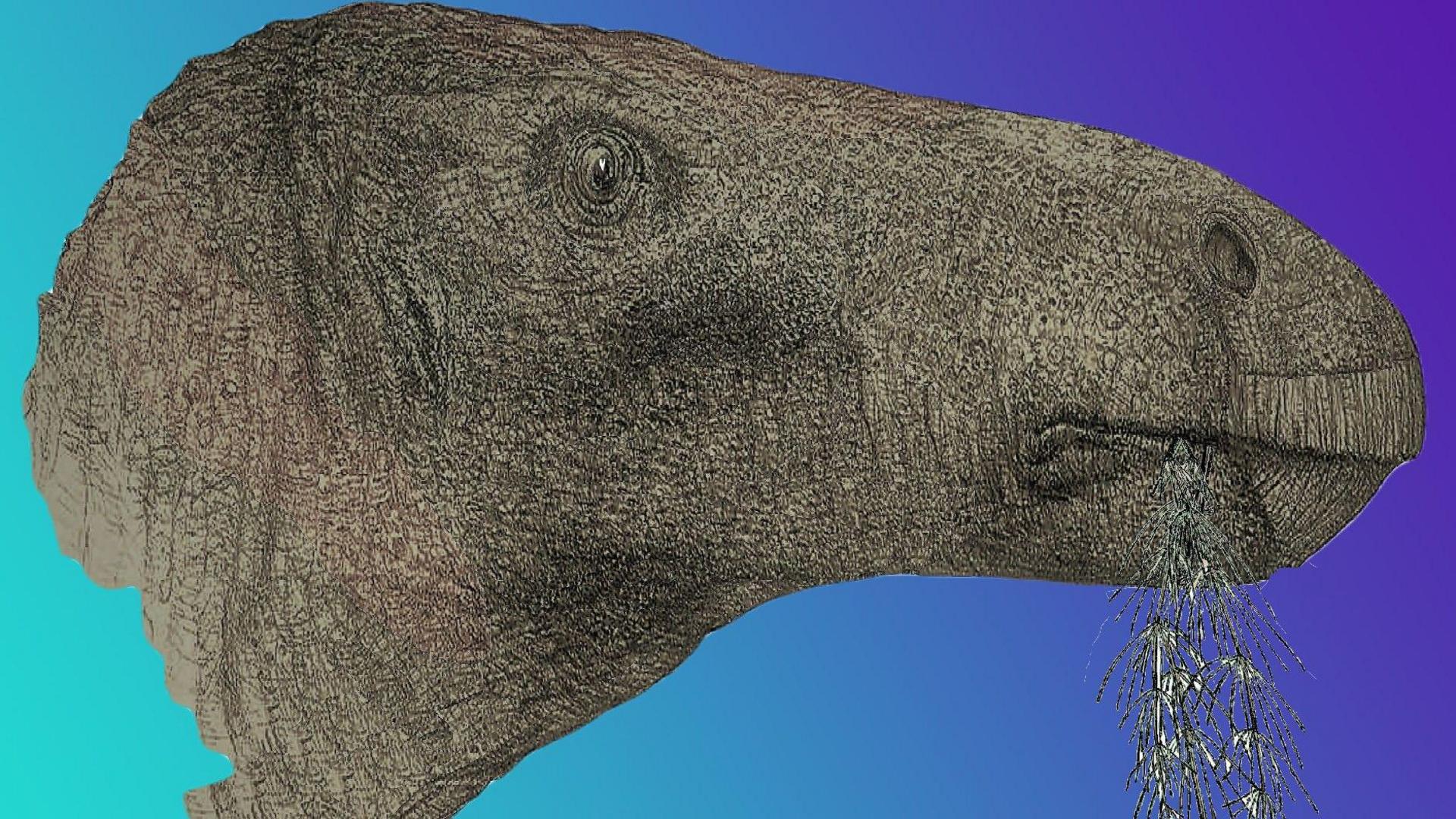
- Published20 January
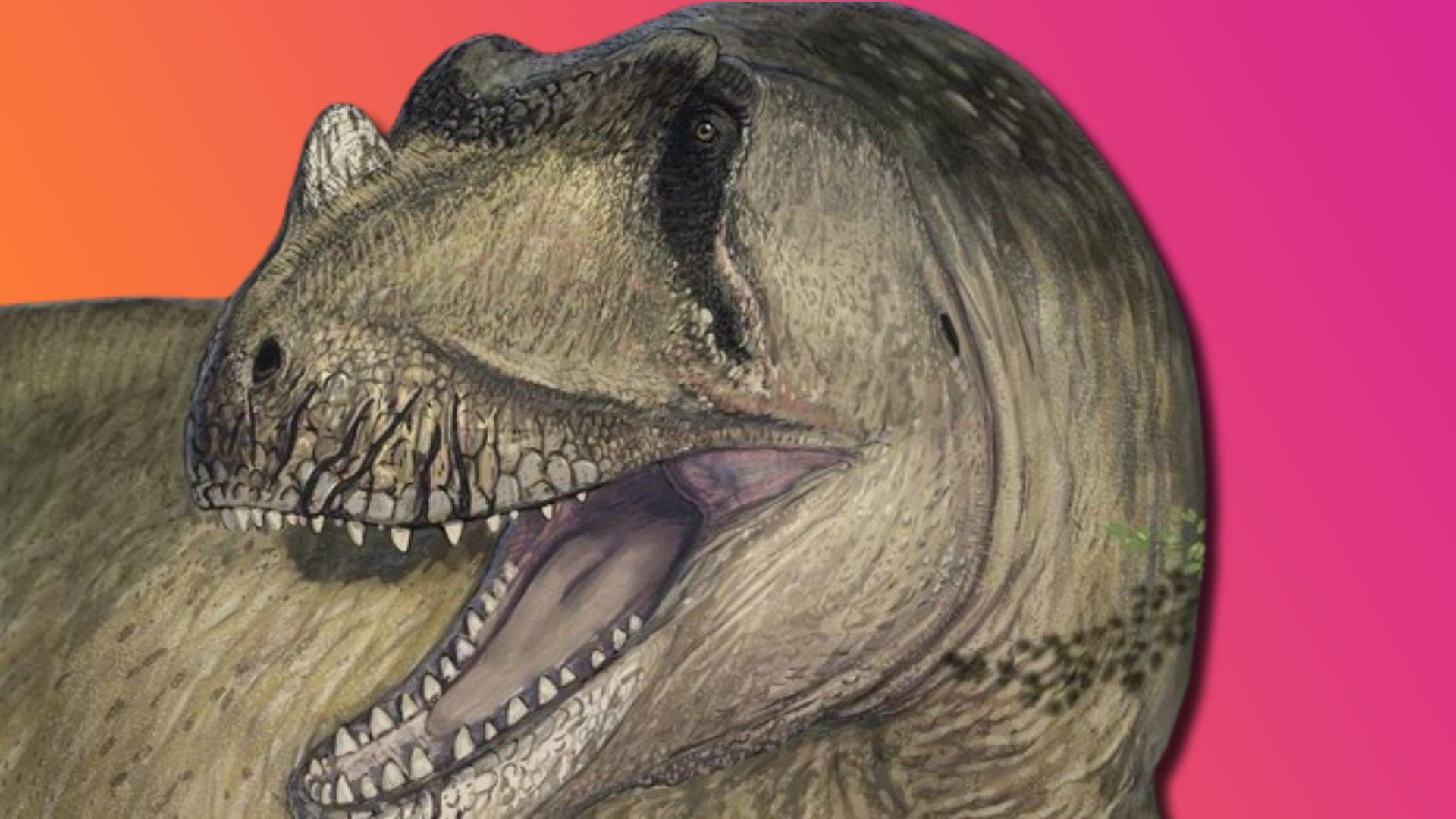
- Published2 January
